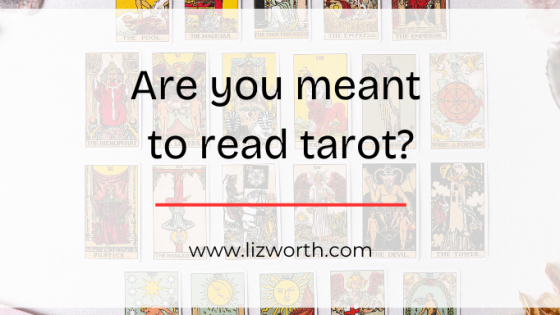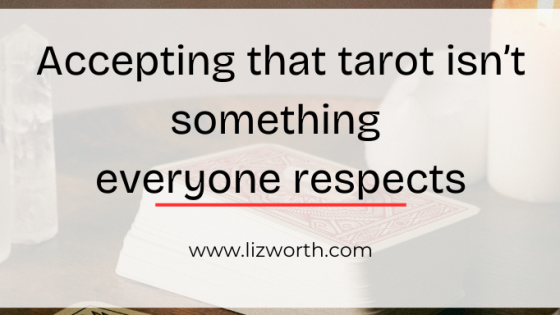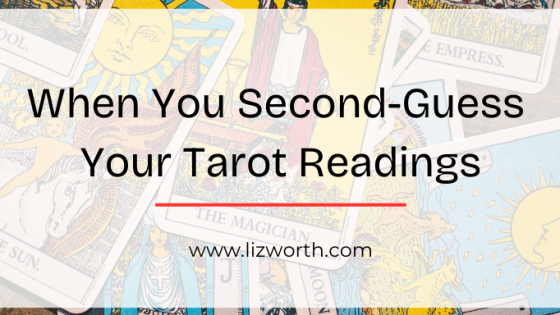Liz Worth
People often worry that tarot won't "work" for them. Do you have to be destined to read it? Here's what I think.
Liz Worth
If you put yourself out there a tarot reader, people will have opinions. They aren't always going to be positive.
Liz Worth
How do you start to trust your intuition more when you are reading tarot? Here are some tips to help you overcome the fear of being wrong.
Liz Worth
Looking for a new tarot book that takes you beyond the usual Tarot 101 formula? One of these titles might be just what you need.
Liz Worth
Have you ever given someone a tarot reading and felt like you were speaking in generalities? Here are some tips to give more specific ...






